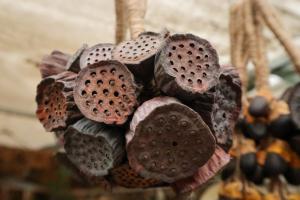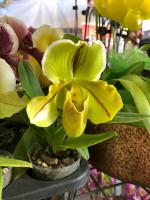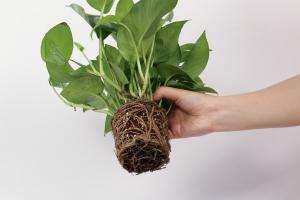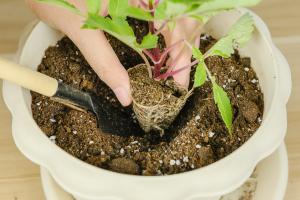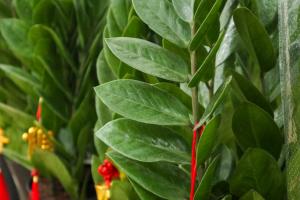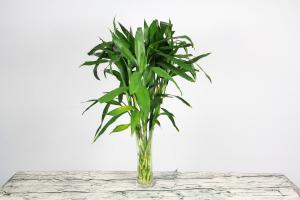Conservation and management in four seasons
1. Spring:
2. It is not suitable to change the basin of Australian fir when it is warm and cold. When the room temperature is stable above 10 ℃, you can consider changing the basin. Generally speaking, change the basin once every two to three years. Pay attention to drainage in the process of changing the basin
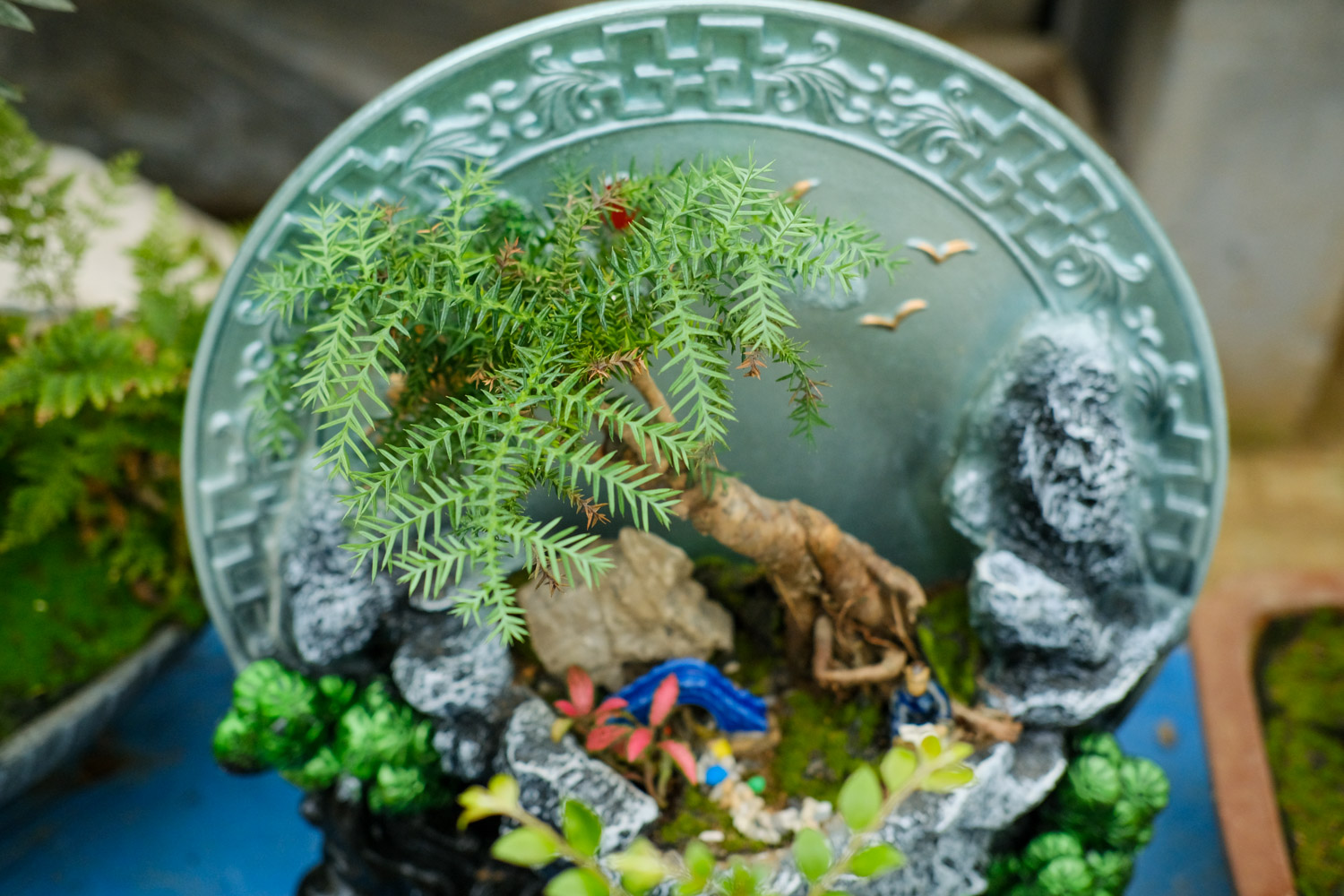
2. Summer:
3. In itself, this is a plant that is not afraid of temperature, but it cannot be exposed to the sun. Once exposed, its leaves will show old green and the color sensitivity will decline. The Australian fir can be fertilized around August, and the nitrogen potassium compound fertilizer is the most suitable fertilizer. Once the Australian fir lacks fertilizer, its branches and leaves will turn yellow. It should be watered a few times. When the temperature is too high and the climate is too dry, it is necessary to replenish water in time, or spray water on the ground near the planting
3. Autumn:
4. If the Australian fir is placed in a dark room for a long time, it needs to be moved to the sun at regular intervals. When late autumn comes and the temperature gradually decreases, the Australian fir can be gradually moved outdoors and feel the low temperature appropriately, which will help to improve the cold resistance of the Australian fir. But be careful not to let it frost
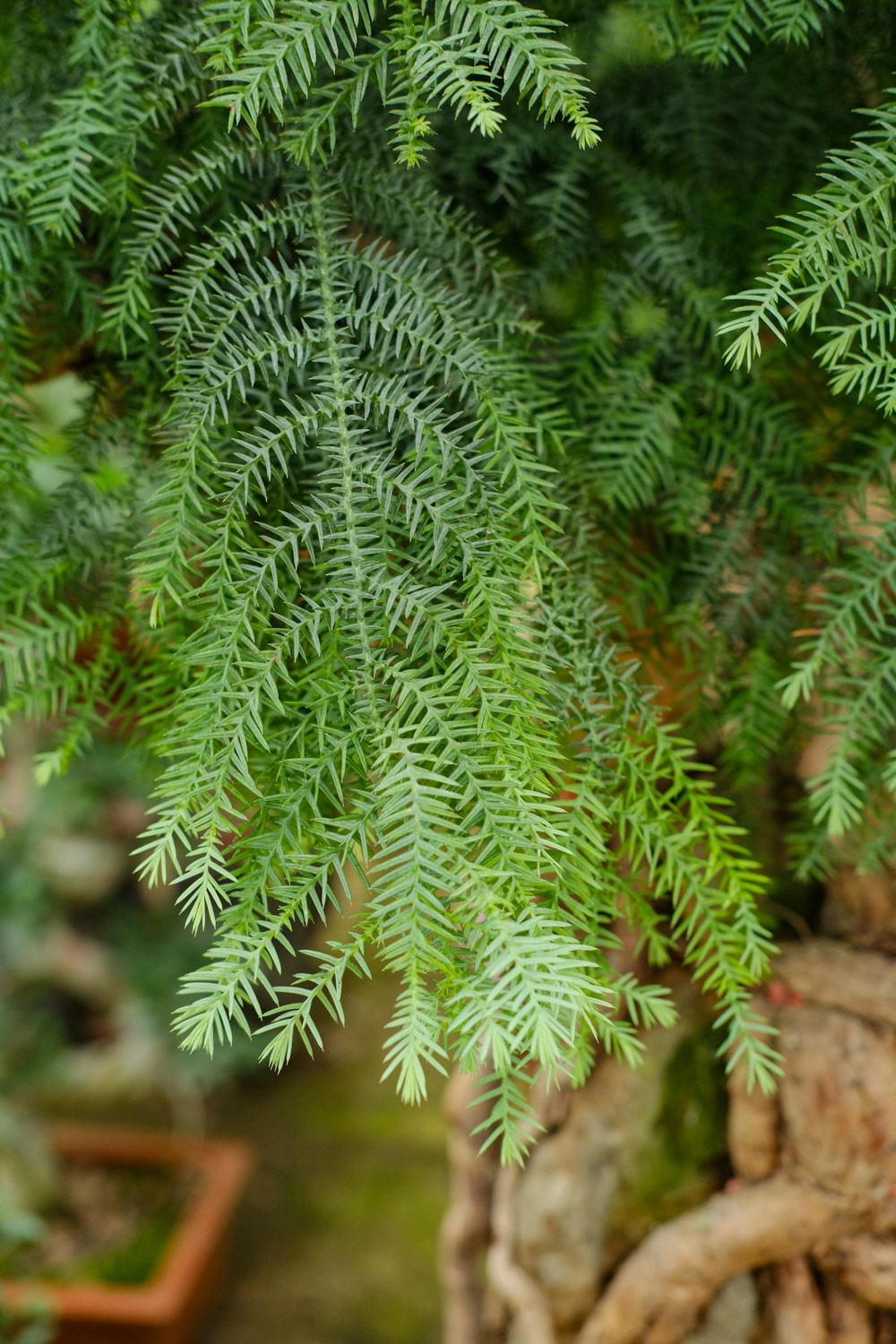
4. Winter:
5. When the temperature is lower than 5 ℃, the Australian fir is no longer suitable. At this time, it needs to be placed in a room with sufficient light to keep the soil not too wet. During this period, the Australian fir cannot be fertilized. If the Australian fir is in the air-conditioned room or heating room, its leaves can be sprayed with water mist appropriately
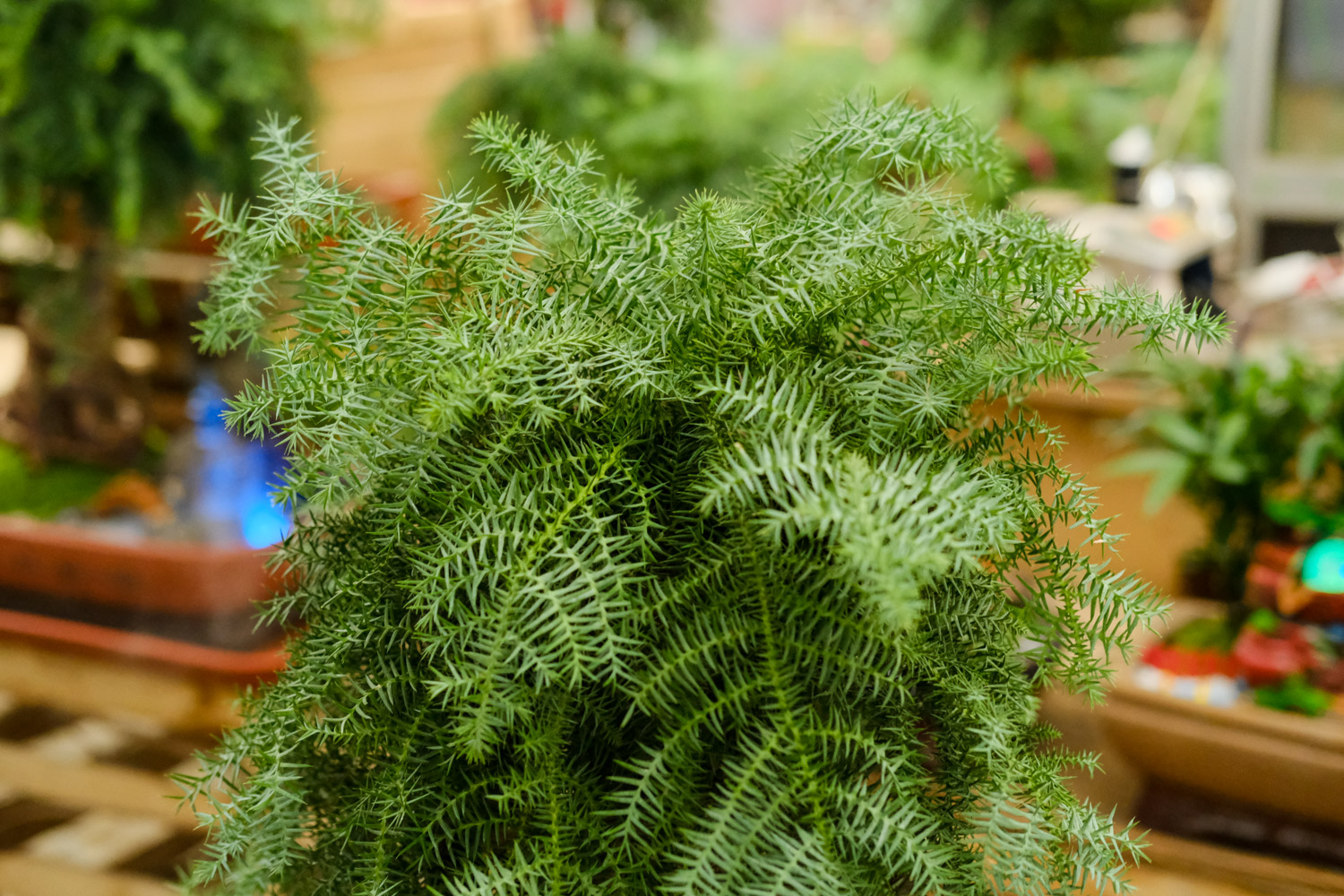
Tips
When it comes to four seasons conservation, we have to mention the unique appearance characteristics of Australian fir. As an evergreen tree, it is usually less than 2 meters high and cultivated as a potted plant at the young tree stage. The crown of the tree is in the shape of a spire, mostly dark green, and there are cracks on the skin of the crown. The cones of Australian fir are generally round. Such morphological characteristics determine the characteristics of Australian fir, that is, it likes a warm environment. Therefore, Australian fir is suitable for many kinds of soil, especially organic fertilizer mixed sandy land. Due to the specific growth environment, the possibility of pests and diseases is very small. When planted indoors, Australian fir may be attacked by scale insects. At this time, it can be used to kill phosphorus and so on

 how many times do yo...
how many times do yo... how many planted tre...
how many planted tre... how many pine trees ...
how many pine trees ... how many pecan trees...
how many pecan trees... how many plants comp...
how many plants comp... how many plants can ...
how many plants can ... how many plants and ...
how many plants and ... how many pepper plan...
how many pepper plan...